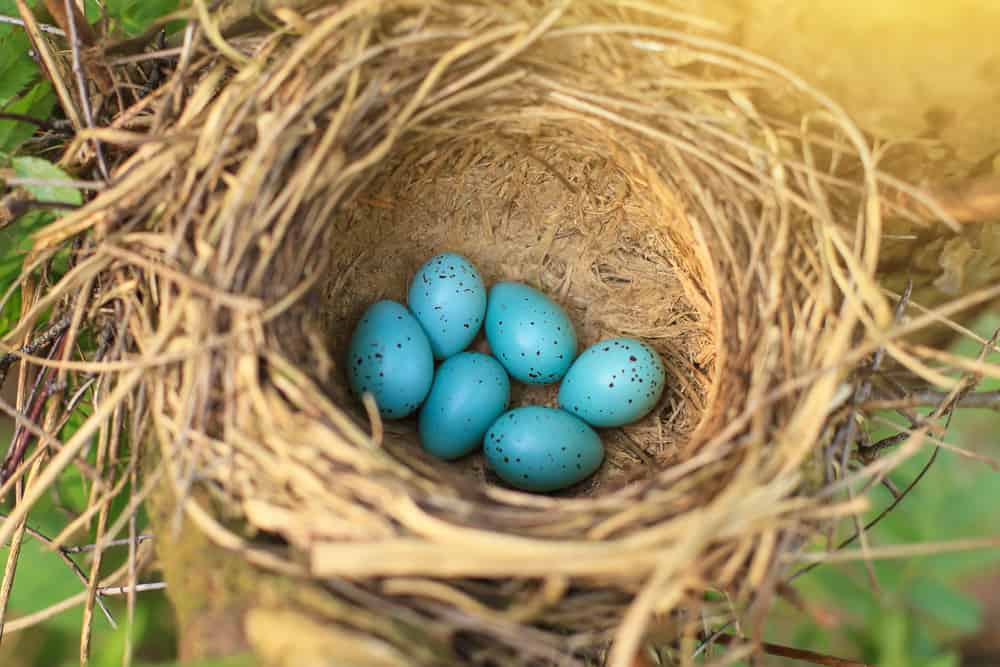What Birds Have Blue Eggs?
Eggs come in a variety of colors, including white, brown, green, and blue. While most birds lay eggs that are white or pale in color, some species are known for their distinctive blue eggs. In this article, we will explore which birds lay blue eggs and the unique characteristics of these eggs.
The Science of Egg Color
Egg color is determined by the presence of pigments in the eggshell. The most common pigment found in eggshells is called protoporphyrin IX, which is responsible for the reddish-brown color of most eggs. However, other pigments, such as biliverdin and oocyanin, can also be present in the eggshell and contribute to different colors.
Blue eggs are produced by the presence of oocyanin, a pigment that is produced by the oviduct (the part of the female reproductive system that produces eggs). Oocyanin is responsible for the blue color of the eggs of some bird species, including those listed below.

Birds That Lay Blue Eggs
There are several species of birds that are known for their distinctive blue eggs. Some examples include:
- American robin: The American robin is a common sight in gardens and backyards across North America. It is a migratory bird that is known for its orange breast and cheerful, melodic song. The eggs of the American robin are pale blue with brown speckles.
- Blue tit: The blue tit is a small, brightly colored bird that is native to Europe and Asia. It is known for its distinctive blue, yellow, and white plumage and its high-pitched, whistling call. The eggs of the blue tit are pale blue with darker blue specks.
- Eastern bluebird: The eastern bluebird is a colorful songbird that is native to the eastern United States. It is known for its bright blue upperparts and reddish-orange breast. The eggs of the eastern bluebird are light blue with dark blue speckles.
- Eurasian jay: The Eurasian jay is a colorful, intelligent bird that is native to Europe, Asia, and North Africa. It is known for its distinctive blue and pink plumage and its varied diet, which includes nuts, seeds, insects, and fruit. The eggs of the Eurasian jay are pale blue with brown speckles.

Unique Characteristics of Blue Eggs
Blue eggs have a few unique characteristics that set them apart from other colored eggs. Some of these characteristics include:
- Rarity: Blue eggs are relatively rare, as they are produced by only a few species of birds. This makes them a unique and sought-after item for collectors.
- Harder shells: Blue eggs tend to have harder shells than eggs of other colors, due to the presence of the oocyanin pigment. This can make them more resistant to cracking and easier to transport.
- Nutritional value: Blue eggs are not known to have any special nutritional value compared to eggs of other colors. However, they may contain slightly different levels of nutrients due to the presence of the oocyanin pigment.
Conclusion
Blue eggs are a distinctive and unusual color that is produced by only a few species of birds. These eggs are known for their rarity, harder shells, and lack of special nutritional value compared to eggs of other colors. Some examples of birds that lay blue eggs include the American robin, blue tit, eastern bluebird, and Eurasian jay.
